Across multiple national rankings, for quality of life, healthcare access, education, economy, infrastructure, crime, and opportunity, some states repeatedly land near the bottom. Here are 17 that consistently draw criticism, based on recent data from government and nonpartisan organizations. The reasons vary by state, but common themes include poor health, limited access to services, high crime, low incomes, and weak infrastructure.
Louisiana
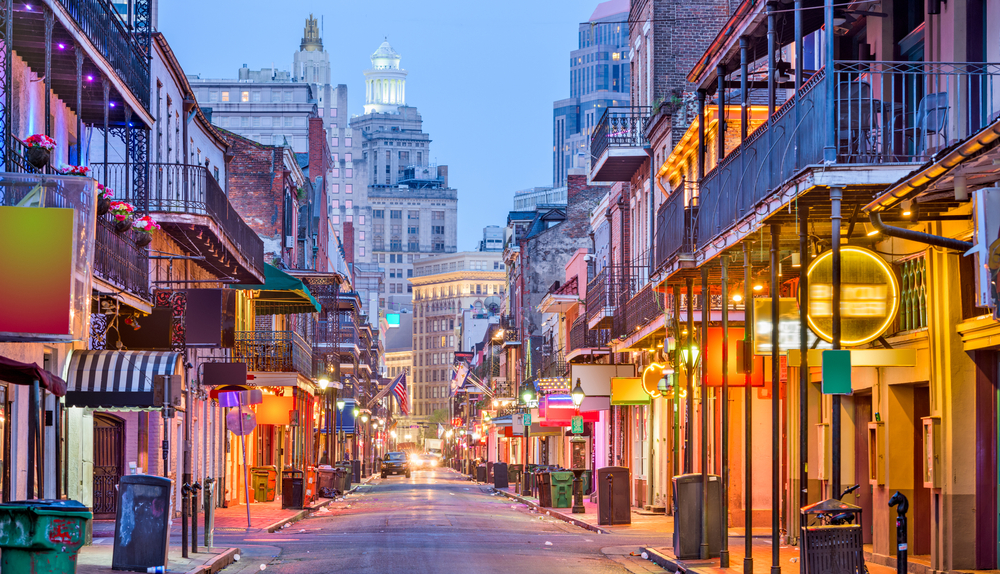
Louisiana ranks last in quality of life and overall livability according to many national rankings. Low scores in healthcare, education, economy, and infrastructure all contribute. The state endures the highest homicide rate in the country and the highest incarceration rate. Nearly one in five residents lives in poverty. School systems under-perform, with low per-pupil spending and poor standardized test results. Louisiana also suffers from environmental hazards, particularly in industrial regions that impact public health.
Mississippi
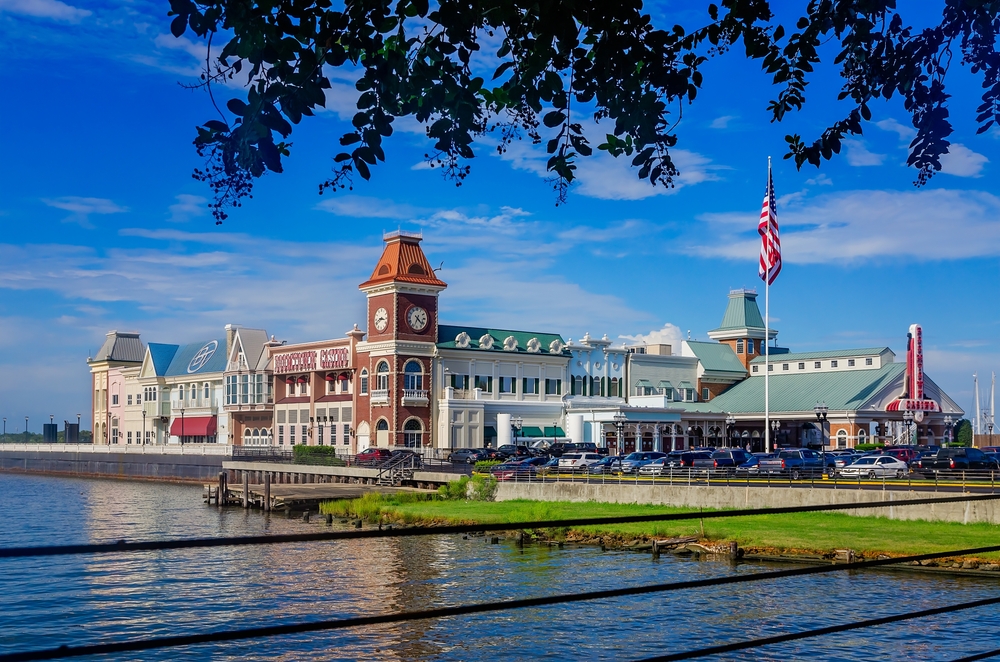
Mississippi frequently appears at the bottom of quality of life rankings. It scores worst in healthcare access and outcomes. A high percentage of the population is uninsured, and many avoid care due to cost. It has one of the nation’s highest obesity rates, as well as high infant mortality and poverty levels. With per capita income among the lowest in the country, it struggles across economic, educational, and health measures.
New Mexico

New Mexico ranks among the lowest in education, healthcare, and public safety. Its public education system consistently under-performs, with a lower-than-average high school graduation rate. A large share of households live in poverty, and childhood poverty is especially high. Crime statistics are troubling, with some of the highest violent and property crime rates in the nation.
West Virginia
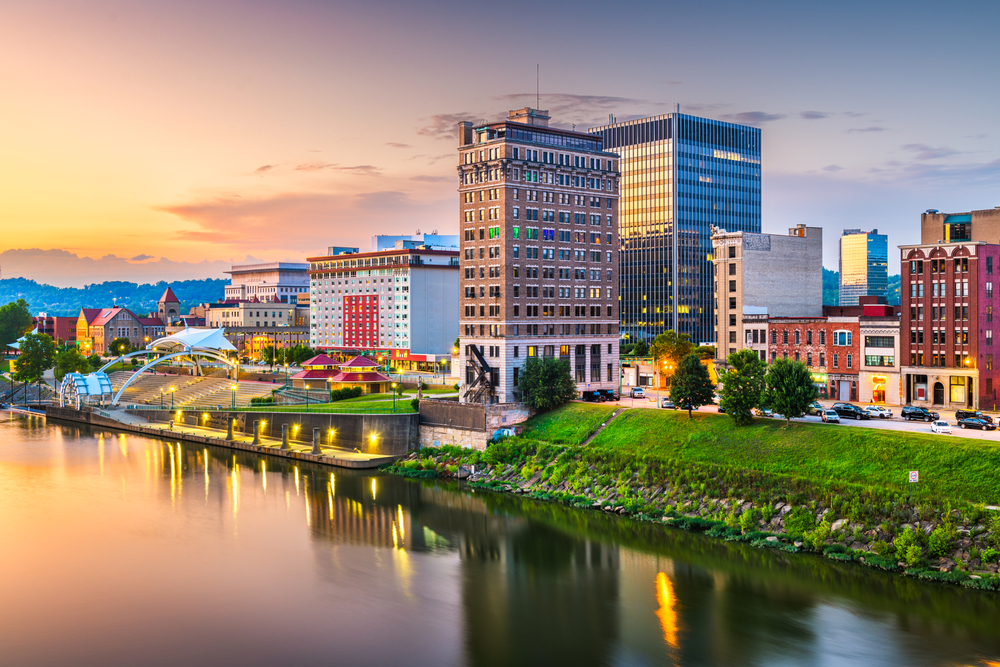
West Virginia ranks low in several categories, including infrastructure and healthcare. A large portion of its roads are in poor condition, and broadband access is limited in many areas. Education attainment is low, with fewer than one in four adults holding a college degree. Many residents live in poverty, and economic opportunity is limited in both rural and urban communities.
Alabama
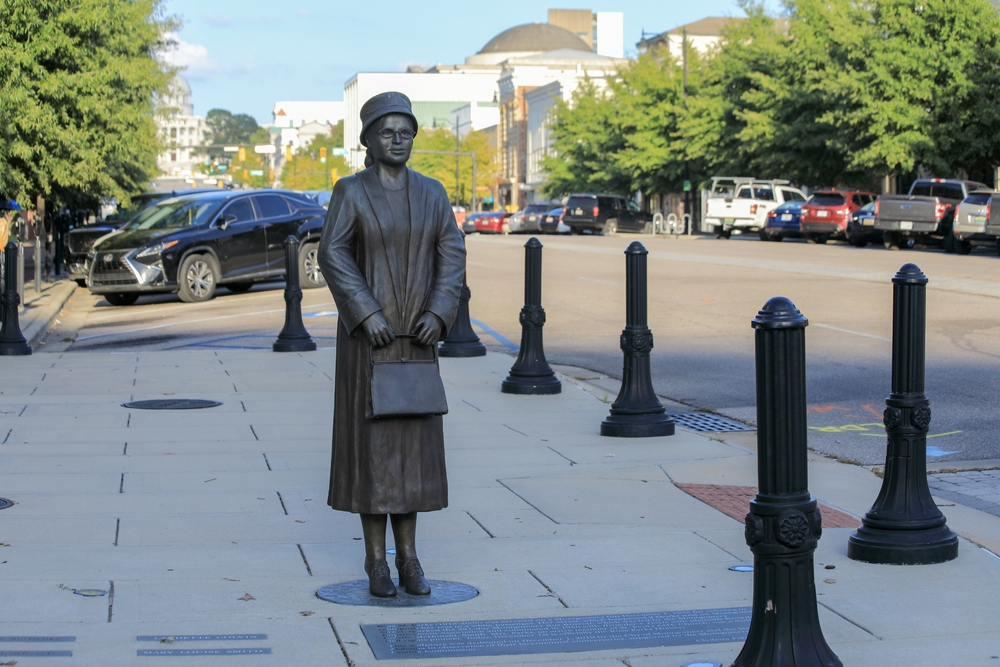
Alabama ranks poorly due to weak outcomes in education and healthcare. It receives low grades in public school performance and student readiness. Healthcare access is among the worst nationwide, with many residents experiencing chronic health issues such as obesity, diabetes, and heart disease. The state also has one of the highest maternal mortality rates in the nation.
Oklahoma

Oklahoma struggles with healthcare, crime, and incarceration. Many adults in the state lack health insurance, and access to mental health care is limited. Violent crime rates are high, and the state has one of the highest incarceration rates in the country. These factors, combined with educational and economic challenges, make it one of the hardest states to live in.
Arkansas
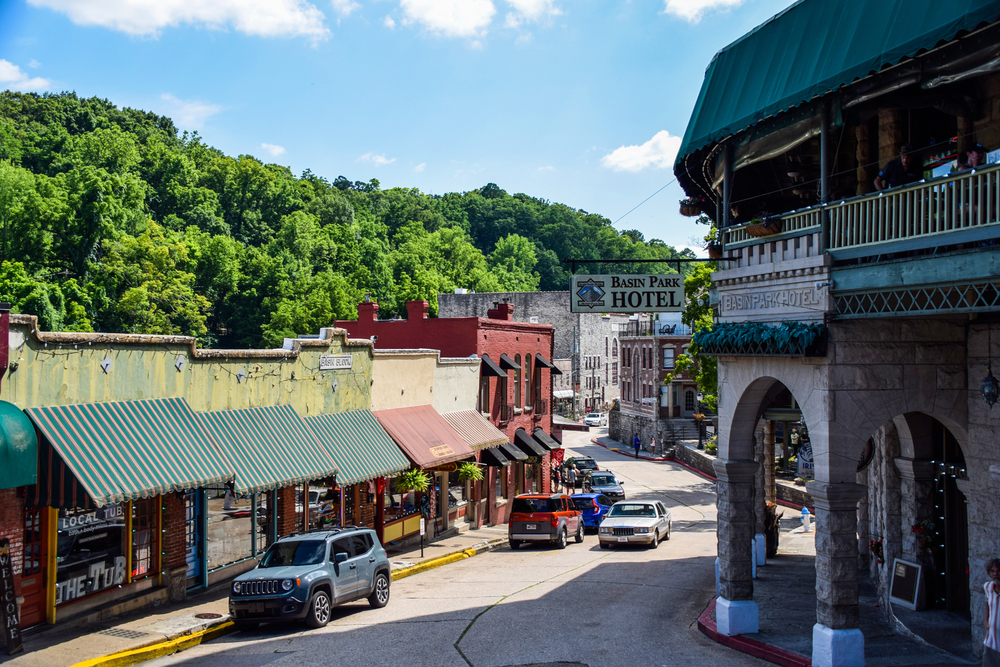
Arkansas ranks low in healthcare and public safety. It has one of the lowest rates of dental visits and a high rate of residents who delay medical care due to cost. Cardiovascular disease and diabetes are common. Violent crime and incarceration rates are high, which affects overall well-being and community development.
Alaska

Alaska faces unique challenges due to its geography and climate. The economy is heavily dependent on oil and tourism, which creates volatility. Infrastructure is underdeveloped in many rural areas, and healthcare access can be limited outside of major cities. The violent crime rate is above average, and substance abuse remains a concern across the state.
Read More: 14 Ways People Instantly Know You’re American, According to Outsiders
Texas
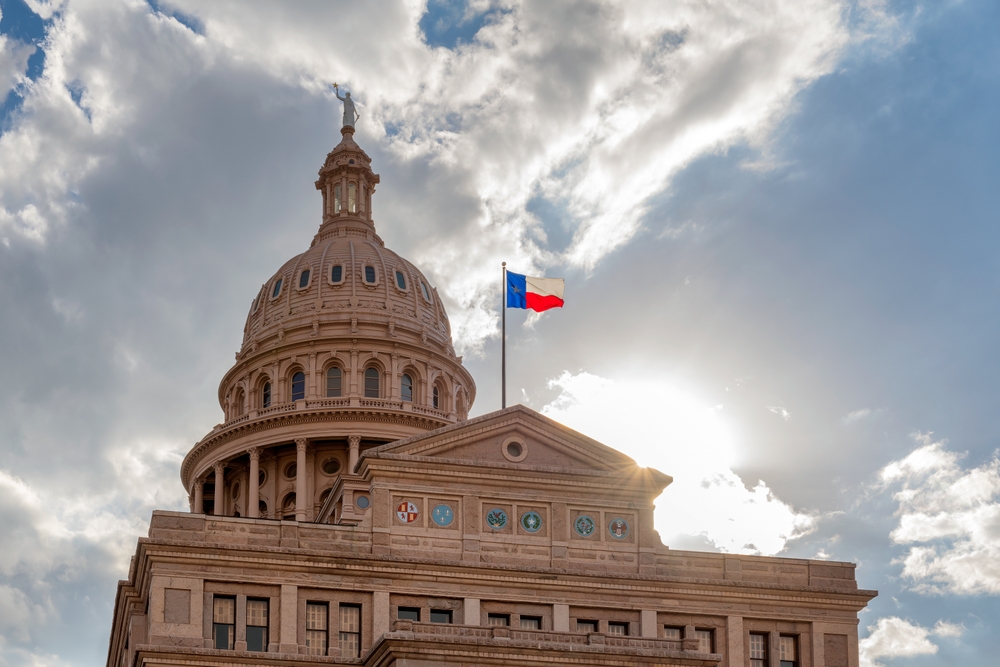
Texas ranks low in healthcare outcomes. It has the highest rate of uninsured residents in the country, and many people delay or skip medical care due to cost. Infant mortality is a concern, and childhood vaccination rates have declined in recent years. Racial disparities in health outcomes persist, with preventable deaths disproportionately affecting minority communities. Workplace injuries and fatalities are also higher than average, adding to broader quality-of-life concerns.
Connecticut
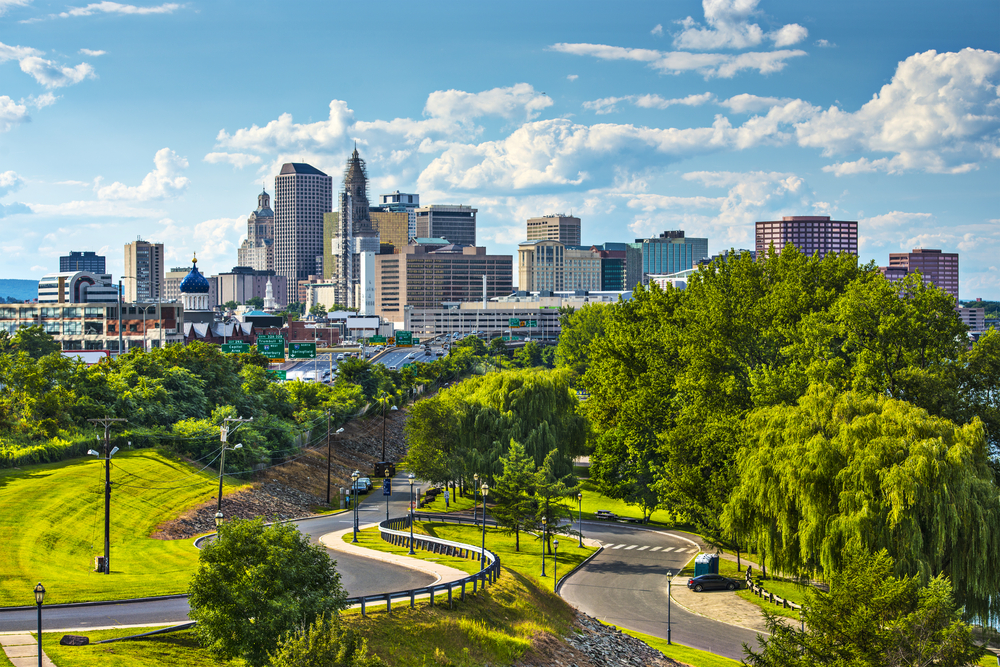
Connecticut ranks among the worst states for road quality. Many miles of its roads are considered to be in poor condition, leading to higher vehicle repair costs for residents. The state also faces challenges with aging infrastructure, and harsh winter conditions often worsen road damage. Despite its wealth in certain areas, budget constraints at the state and local level limit infrastructure investment.
New Mexico (crime angle)
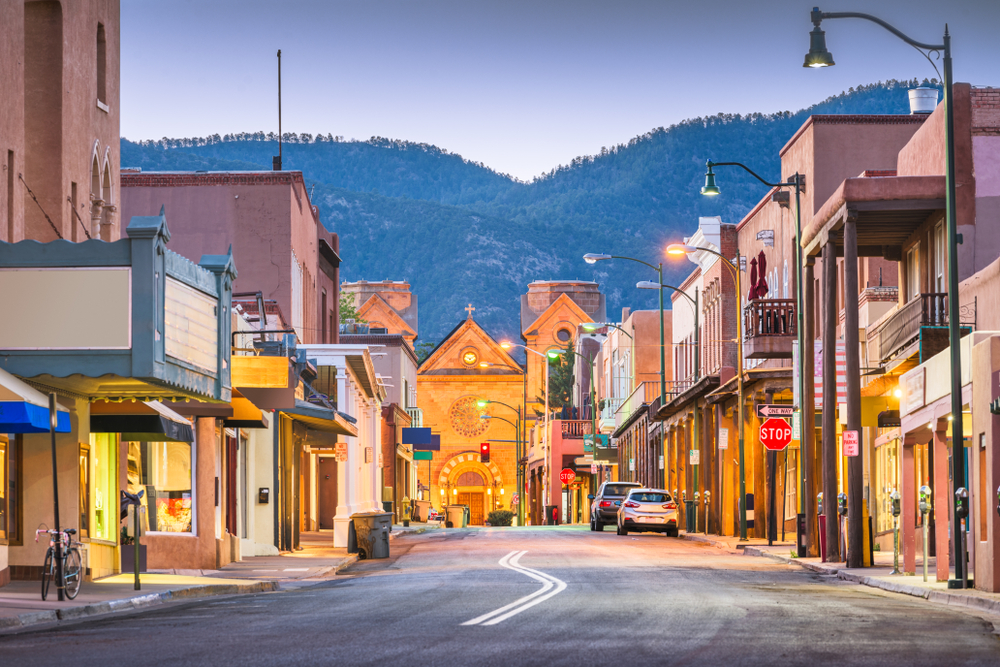
In addition to its challenges in healthcare and education, New Mexico also ranks first in the nation for violent crime and property crime. Crime rates have increased in recent years in urban areas such as Albuquerque and Santa Fe. Law enforcement resources are often stretched thin, which contributes to concerns about safety and public trust.
South Carolina
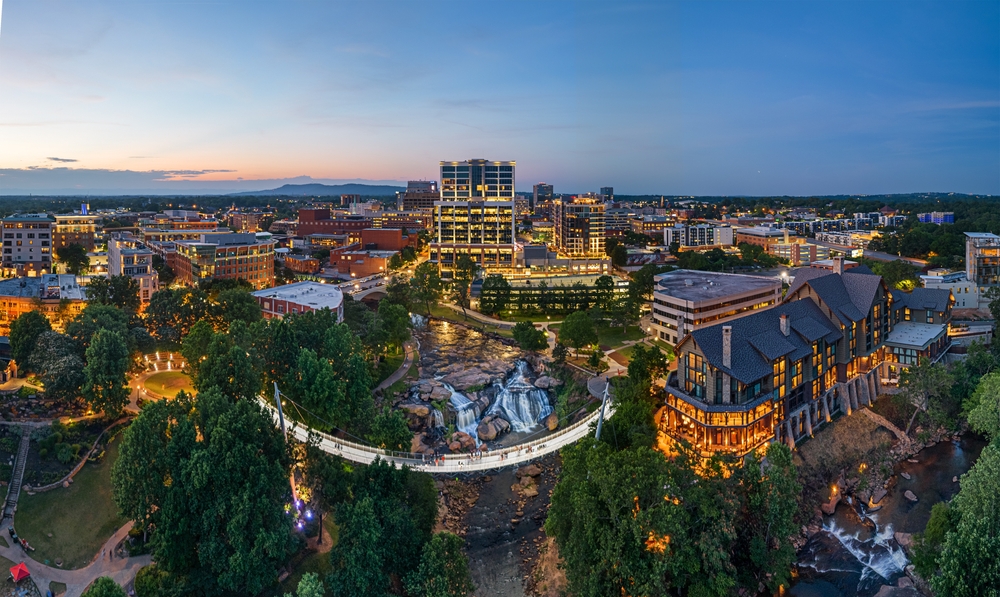
South Carolina struggles with educational achievement, high poverty, and health disparities. The state has a lower-than-average graduation rate, and its schools often lack funding and resources. Many communities experience persistent poverty, particularly in rural areas. Access to quality healthcare is also limited, especially in areas without sufficient medical infrastructure.
Nevada
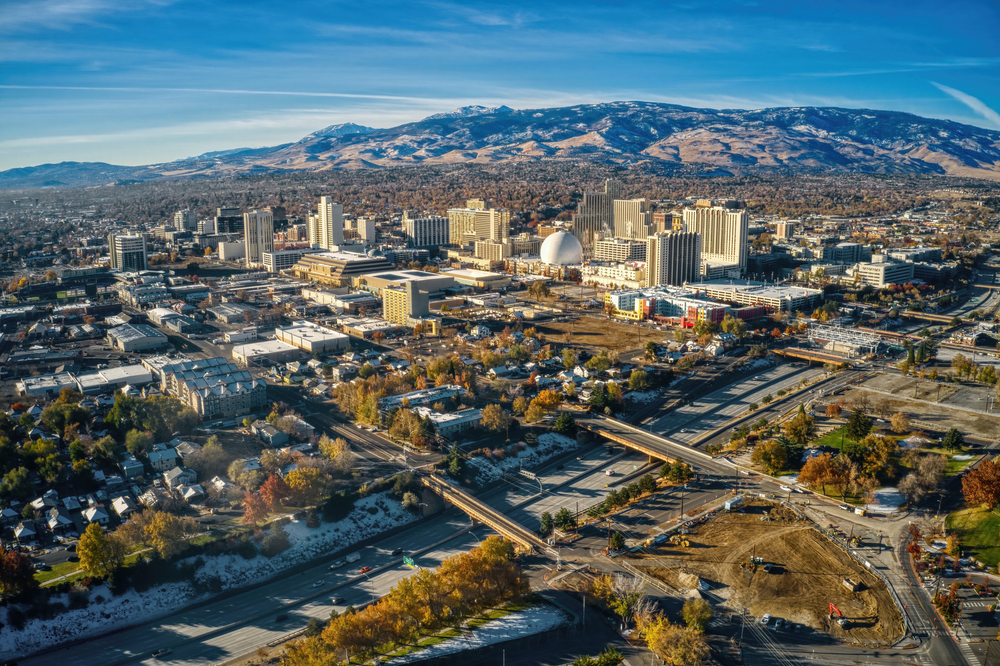
Nevada faces challenges with affordability and safety. It has one of the lowest rankings for family-friendliness and overall livability. In recent studies, the state showed high levels of social inequality and violence. Economic opportunities are concentrated in a few metro areas, and access to healthcare and education remains limited in rural parts of the state.
Read More: 10 Things Most Americans Don’t Know About the U.S.
Kentucky
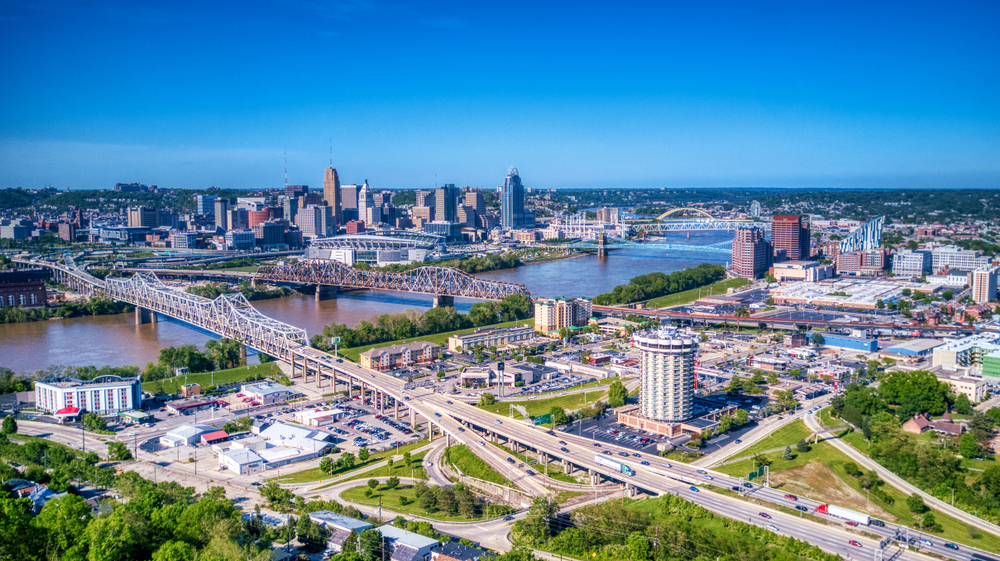
Kentucky is often ranked as one of the worst states to retire in. While it offers low costs and favorable tax conditions, it suffers from poor healthcare services, frequent natural disasters, and limited access to wellness programs for older residents. Its overall quality of life for retirees is considered among the lowest nationwide.
California and New York
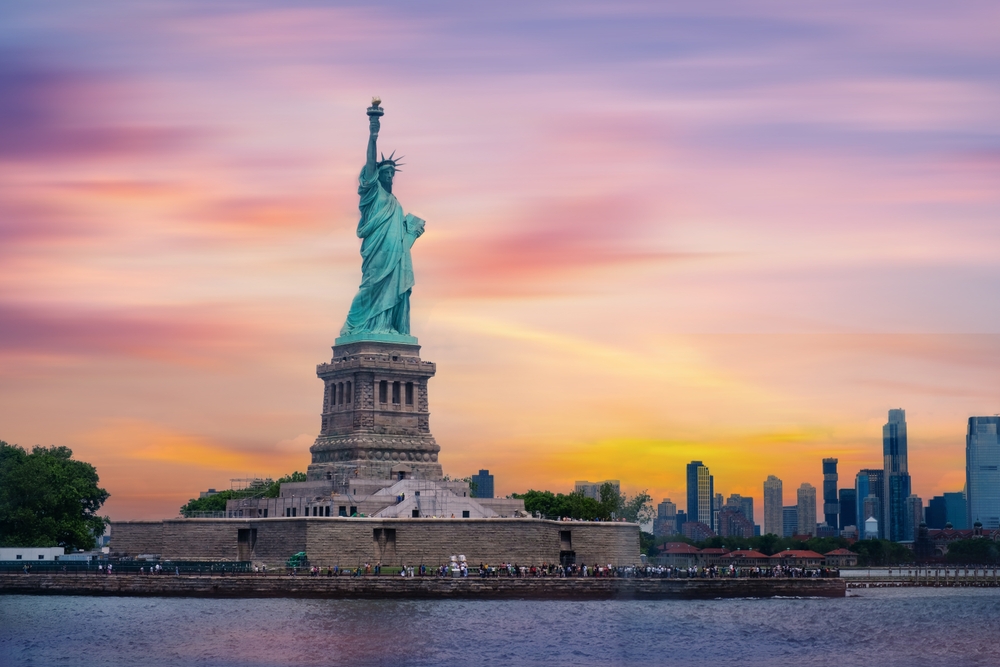
Despite being economic powerhouses, California and New York struggle with affordability and housing access. Both states face housing shortages and high costs of living. Zoning laws, permitting delays, and regulatory challenges hinder the construction of new homes. While they offer cultural and economic opportunities, many residents find it increasingly difficult to afford life in these states.
Tennessee and Colorado
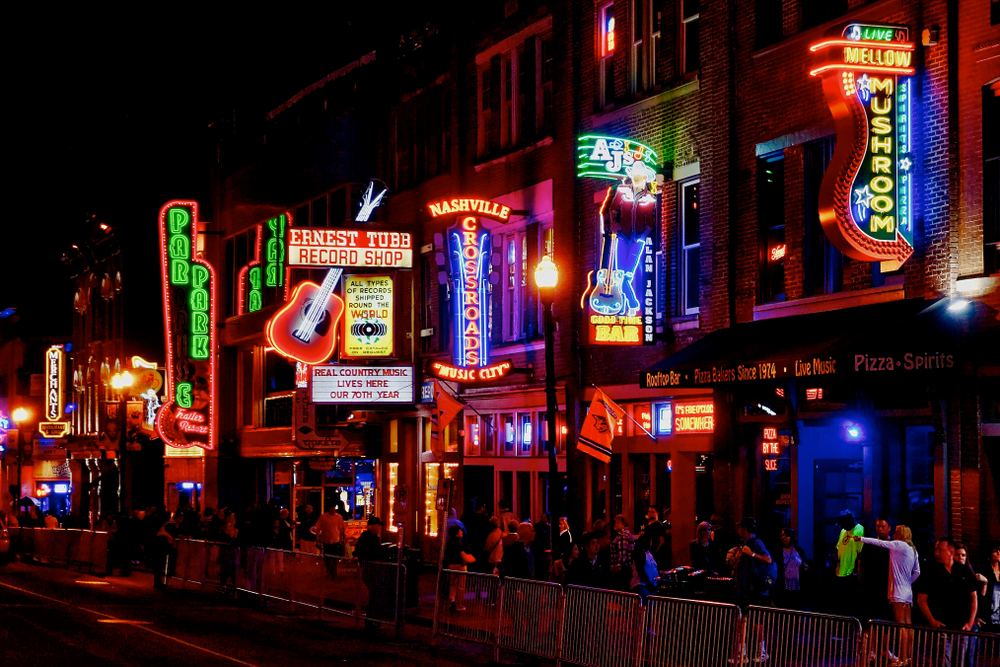
Tennessee ranks high among the most dangerous states due to rising crime. Colorado, while strong in areas like healthcare and infrastructure, has experienced an increase in violent crime, which has affected its overall safety ranking. Both states struggle with issues related to substance abuse, homelessness, and housing affordability, contributing to their placement on worst-states lists.
Summary of Common Weaknesses

The states listed repeatedly suffer in the following areas:
- Healthcare: High uninsured rates, limited access, poor outcomes, and significant disparities.
- Education: Underfunded schools, low graduation rates, wide gaps based on income and geography.
- Economy and Income: Low per capita income, high poverty, limited job growth, and wage stagnation.
- Crime and Incarceration: High violent crime rates, increasing property crimes, high incarceration rates.
- Infrastructure: Poor roads, inadequate public transportation, and outdated facilities.
- Environment: Pollution exposure, natural disasters, and poor air or water quality in certain regions.
While each state has unique circumstances, many of the issues stem from long-standing policy decisions, demographic shifts, and under-investment in critical public services. The lowest-performing states are largely concentrated in the South and parts of the West, although states in every region face challenges related to cost of living, safety, and health.
Read More: Couple Finds Pearl Worth Thousands During Dinner At The Lobster House
How Rankings Are Determined

Best and worst state lists typically draw from multiple metrics. These include health outcomes, education levels, infrastructure quality, economic performance, crime statistics, and environmental conditions. While specific methods vary between organizations, the overall picture provides insight into where Americans face the most and fewest opportunities for success and well-being.
Final Perspective
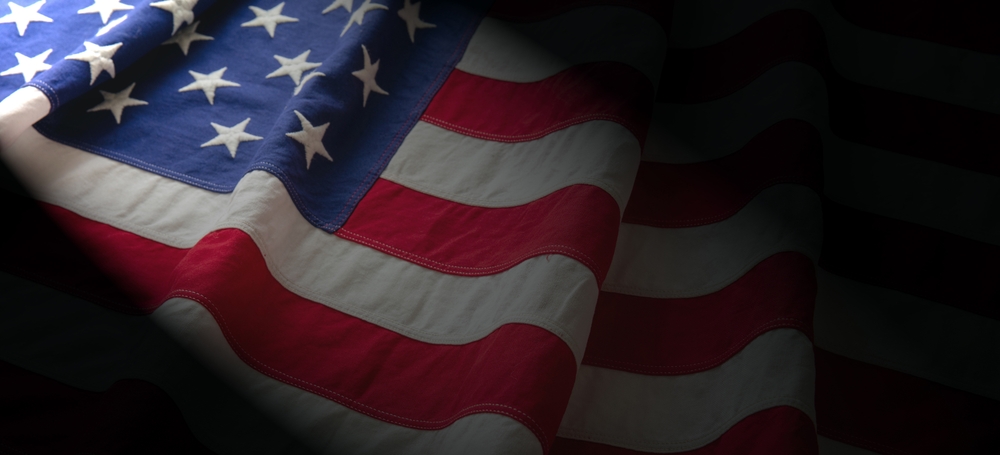
Conditions vary widely across the United States. While some states offer high-quality public services, strong economies, and excellent healthcare, others consistently rank near the bottom in multiple categories. The 17 states outlined here often appear in the latter group due to systemic challenges that continue to impact residents’ daily lives.
For these states, meaningful improvements require long-term investments in healthcare, education, infrastructure, public safety, and housing. Identifying the worst-performing areas is not about stigma, but about recognizing where help is needed most. Awareness is the first step toward change, and with informed action, progress is possible.
Disclaimer: This article was created with AI assistance and edited by a human for accuracy and clarity

